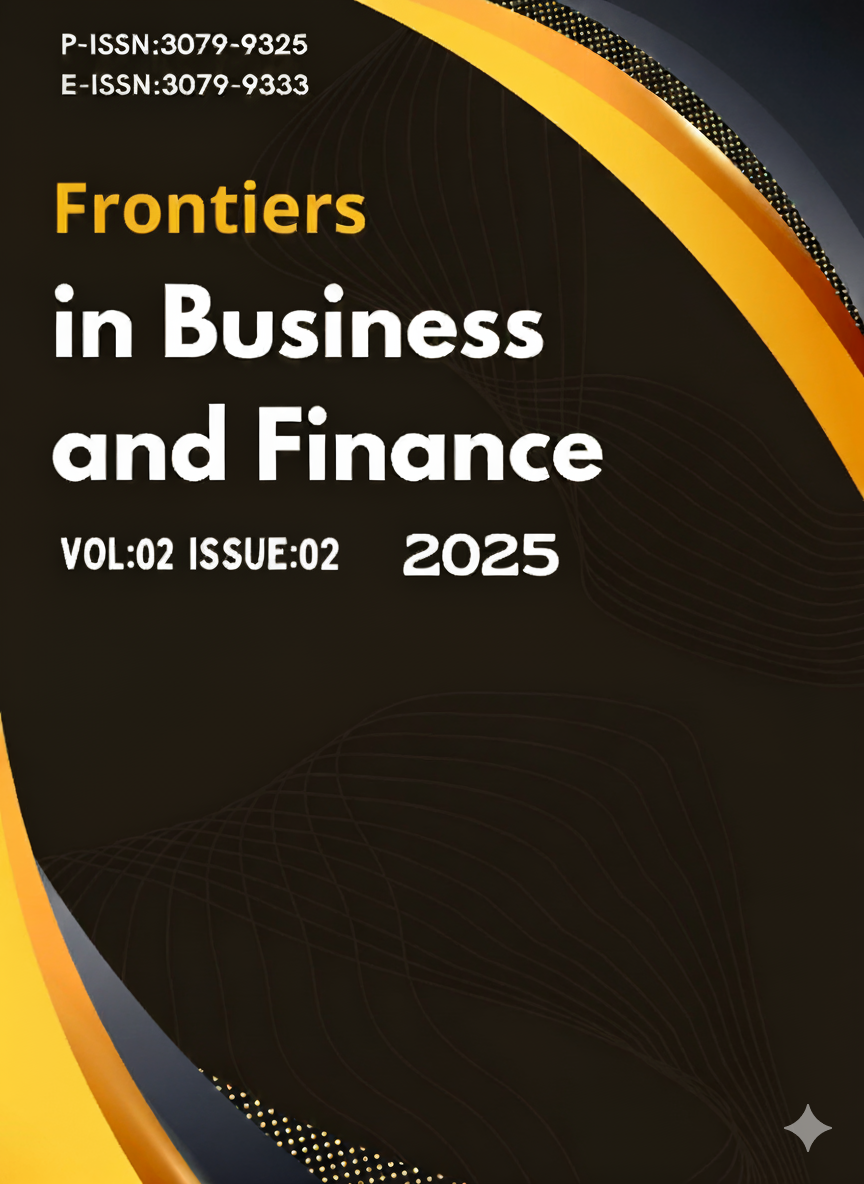Dual-Stage Graph Contrastive Learning for Robust E-Commerce Fraud Detection
DOI:
https://doi.org/10.71465/fbf359Keywords:
graph contrastive learning, fraud detection, e-commerce security, graph neural networks, representation learningAbstract
E-commerce fraud detection represents one of the most challenging problems in modern digital commerce, requiring sophisticated approaches that can capture complex relational patterns while maintaining robustness against evolving fraud schemes. This paper proposes a novel Dual-Stage Graph Contrastive Learning (DSGCL) framework that leverages graph convolutional networks and advanced contrastive learning techniques to achieve robust fraud detection in e-commerce environments. Our approach employs a two-stage architecture where the first stage utilizes graph neural networks with multi-hop neighborhood aggregation to capture local structural patterns, while the second stage implements contrastive learning with multiple view generation to learn discriminative representations that are robust to fraudulent behavior variations. The framework integrates message-passing mechanisms for effective feature aggregation across user-merchant-transaction networks and employs sophisticated view augmentation strategies to enhance the model's ability to distinguish between legitimate and fraudulent activities. Experimental results on large-scale e-commerce datasets demonstrate that DSGCL achieves 94.7% accuracy with 92.3% F1-score, representing a 7.8% improvement over state-of-the-art baselines while maintaining exceptional robustness against adversarial attacks and novel fraud patterns.
Downloads
Downloads
Published
Issue
Section
License
Copyright (c) 2025 Carlos Ramirez , Holly Peterson (Author)

This work is licensed under a Creative Commons Attribution-NonCommercial-NoDerivatives 4.0 International License.




